Most people like photographing the new and the fresh – a bright flower, a laughing child, a dawning day, the beginning of an era. Yet beginnings are but a small and rare part of the human experience. The persistent passage of time leaves us with ever growing piles of both literal and figurative garbage; maybe that’s why we seek out the new, for a glimpse of something different.

Sometimes we have no choice but to dwell in the past. Why not take the chance to explore it? There is something to be found and shared in that which is already past its due date – items that have been thrown away or left behind. Let’s open up this world of opportunity I like to call Trash Photography and see if we can find something of value!
The Left Behind
You may have heard of Urbex, or urban exploration photography, where the photographer visits and captures abandoned urban places. The photos often have a haunted feeling. The same atmosphere can be achieved on a smaller scale as well, all you need is something that seems to have been abandoned.

I found this old, rusty pair of scissors hanging on an old shelf at a friend’s cottage.
It doesn’t have to be something eerie. It can also be something out of place, something intriguing or different; a scene that gives a sense of a time gone by.

Old fuse insulators found in storage at my grandparents’ place.
Found Treasure
Trash and treasure might not be synonyms in your vocabulary, but for a photographer, they can be! Many things are thrown away because they don’t serve their original purpose anymore. That doesn’t mean that the object is useless – all it takes is a bit of inspiration and a creative mind.
 |
 |
I found an abandoned LCD TV in the recycling room and decided to borrow it for a project. The screen was indeed broken but not completely. With the addition of some intentional camera movement I managed to create something quite abstract.
But treasure doesn’t have to be shiny. It can also be a fascinating pattern or a revelation.

An alien skull or an old hair clip?
Contrasts
If you’re attempting to make an interesting photograph, capturing some kind of contrast usually works surprisingly well. When focusing on garbage or trash, the most obvious thing to contrast it with would be something new.

Apart from the contrast between old and new in this picture, there are also contrasts between organic and metallic, and a rusty color versus the green of the leaves.
You can also create contrast by challenging expectations.

This broken laundry machine standing outside in the rain, surrounded by laundry, offers another kind of contrast.
Which brings us to the last topic . . .
The Story
Telling a story with just a picture is hard, but it’s a challenge worth taking on. In terms of trash, it can be a story about human nature, environmental issues, the passage of time, there really are no limits.

The pile of discarded water bottles with a beautiful waterfall in the back might seem significant – what does it tell you?
Try it out and see what stories you might be able to tell!

The abandoned fishing net begs the question of why it was abandoned. Was it lost? Thrown away? Might it pose a threat to someone or something?
Conclusion
What do you think, is there any point in photographing trash, or does this just seem like a waste of time? I would love to hear your ideas and see your creations from Trash Photography in the comments below.
The post Tips for Finding Potential in the Obsolete – Photographing Trash by Hannele Luhtasela-el Showk appeared first on Digital Photography School.


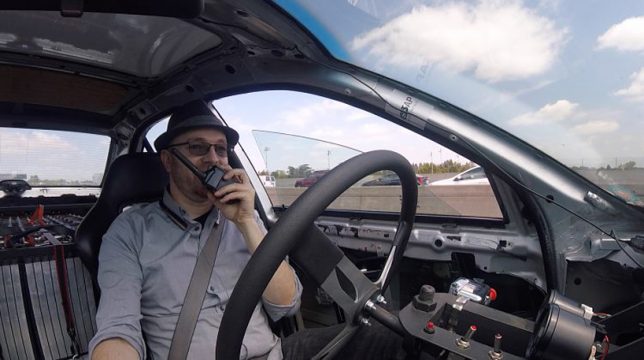
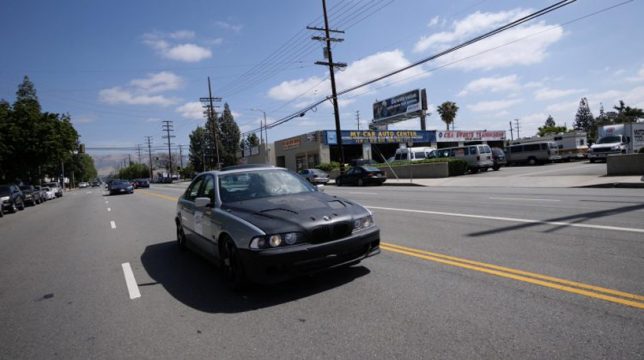




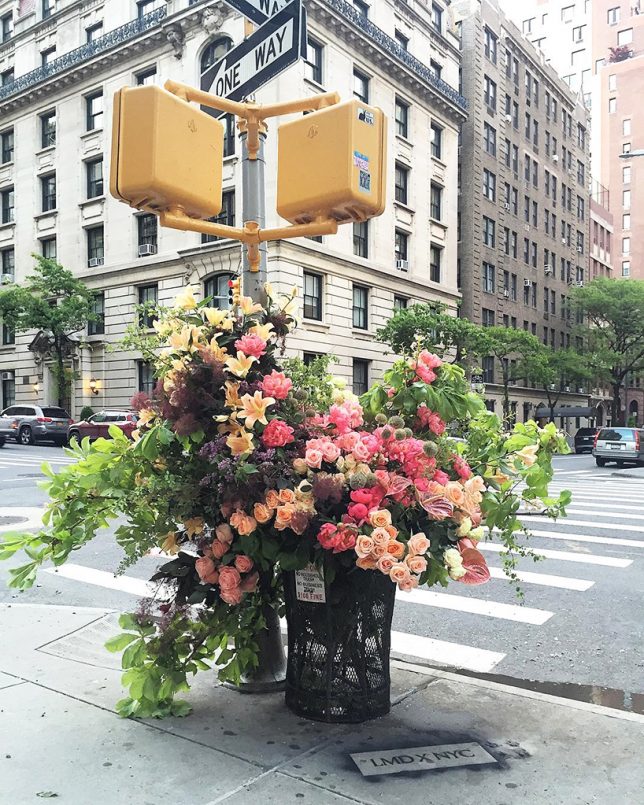
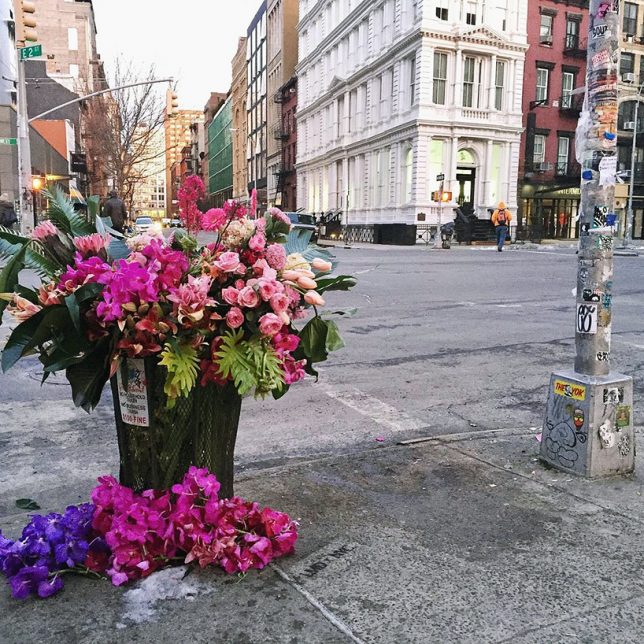
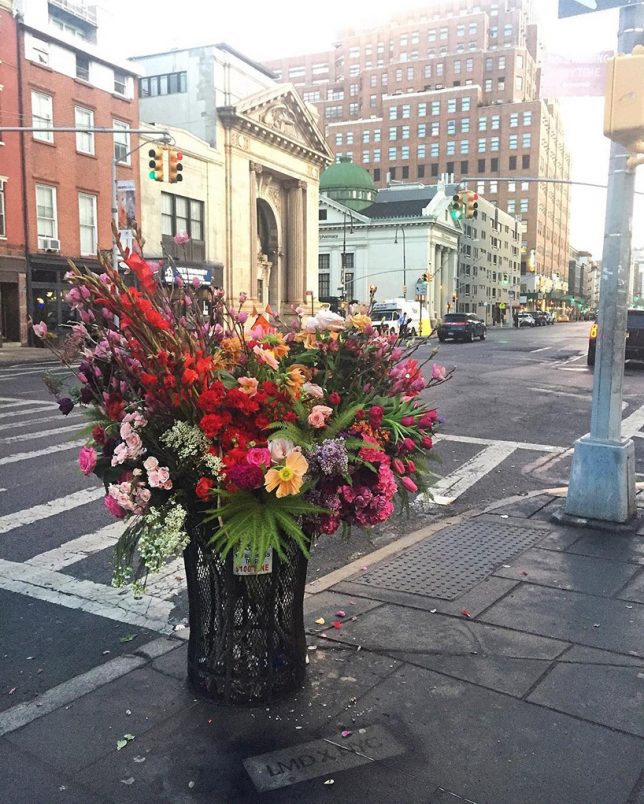
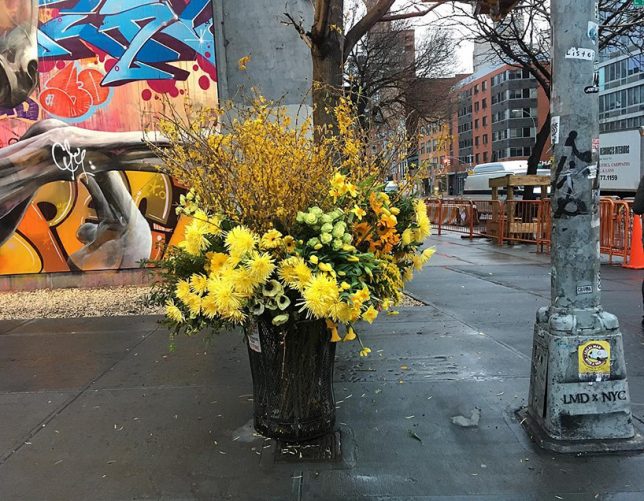
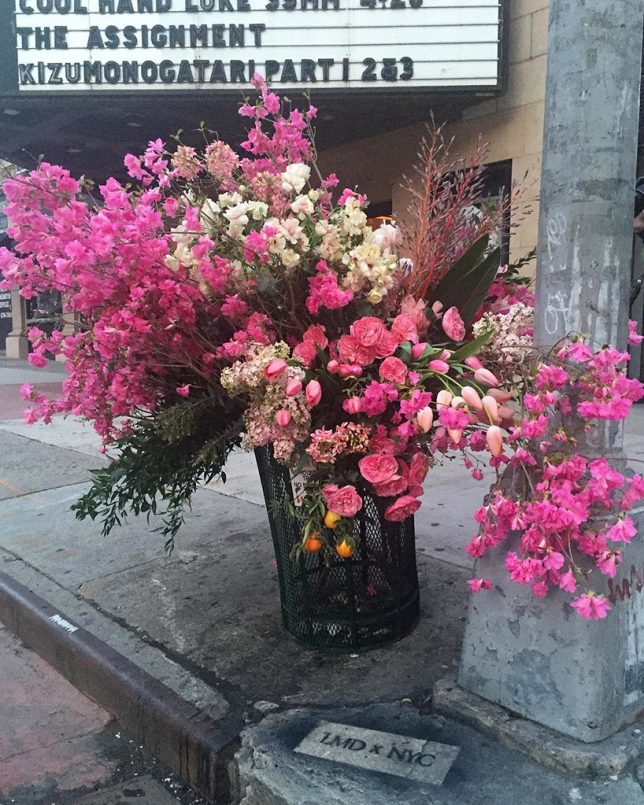




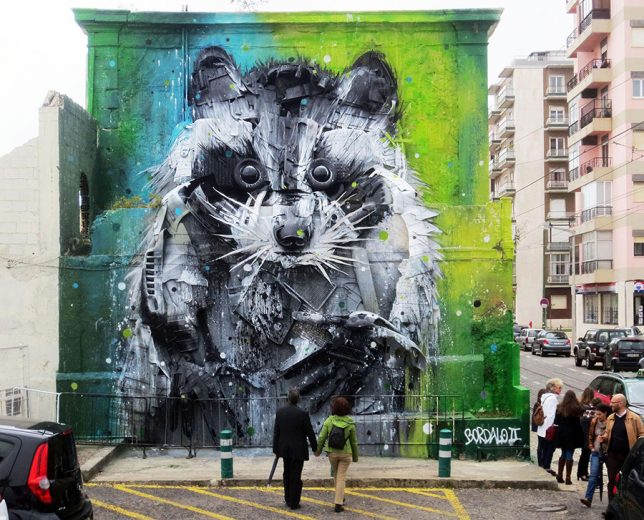
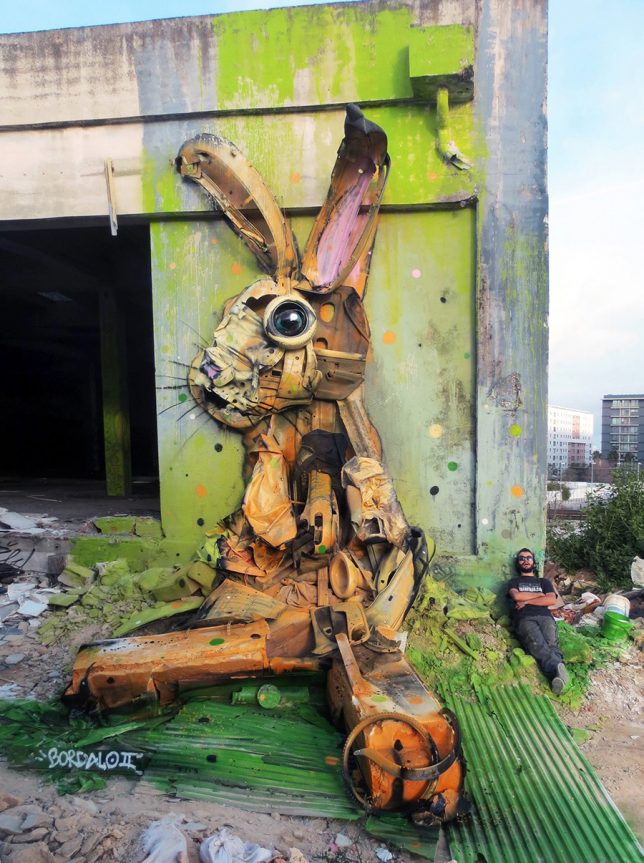
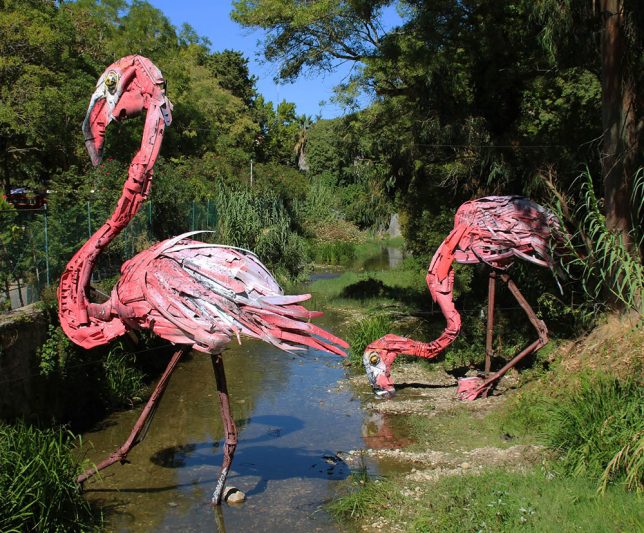
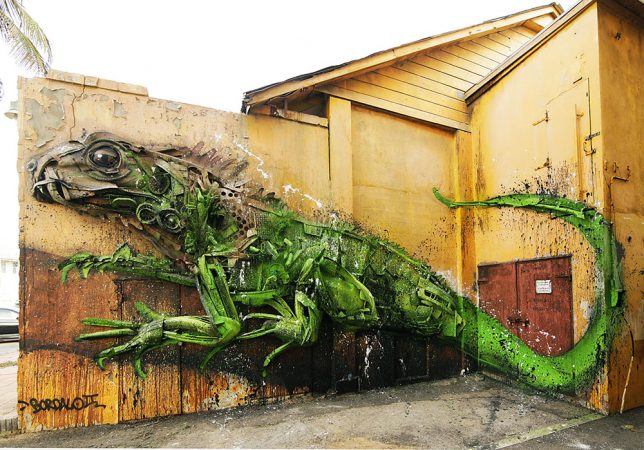

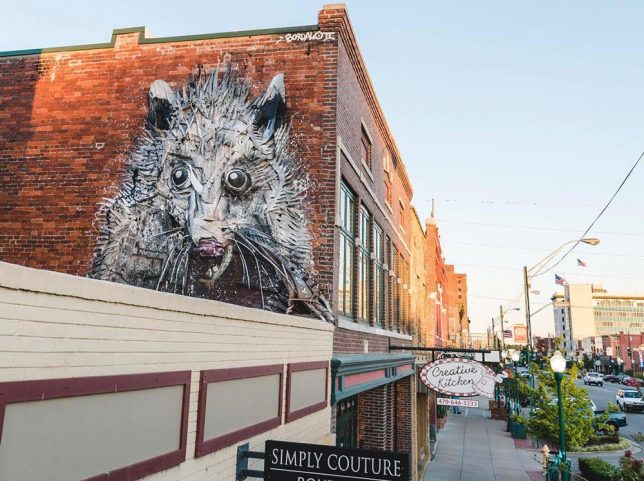
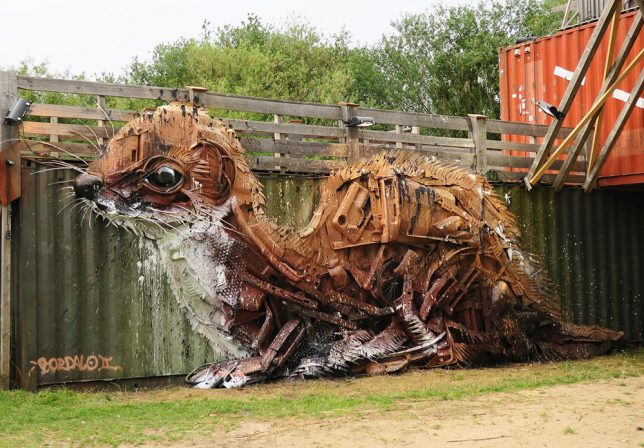
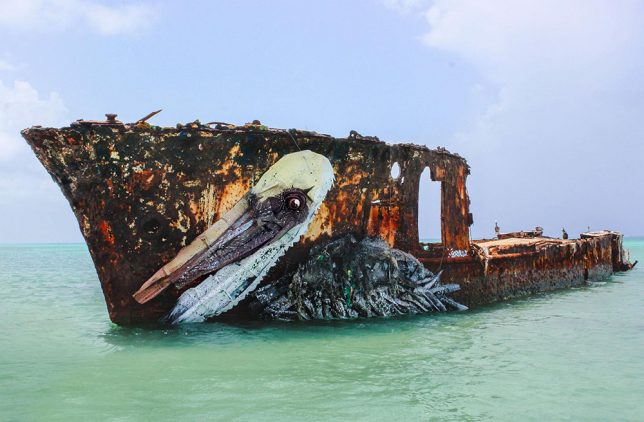
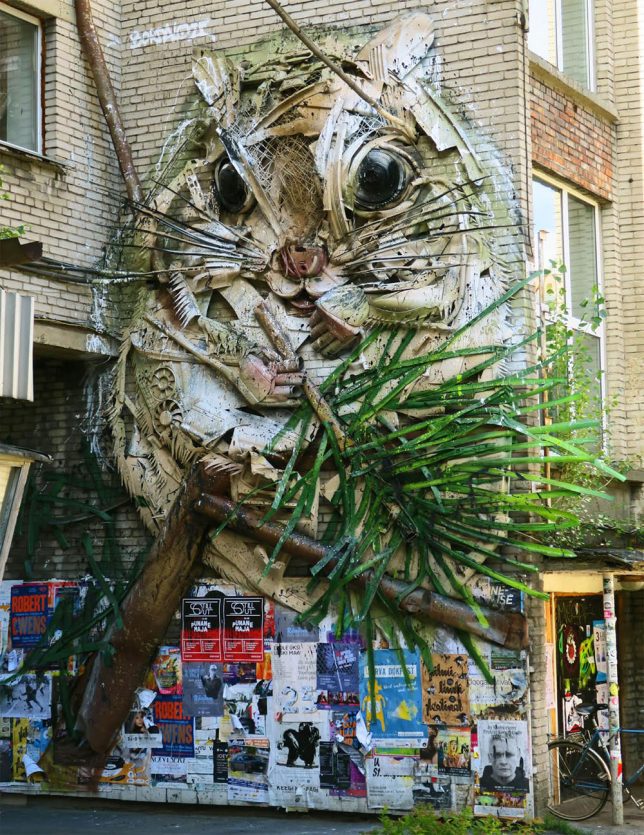
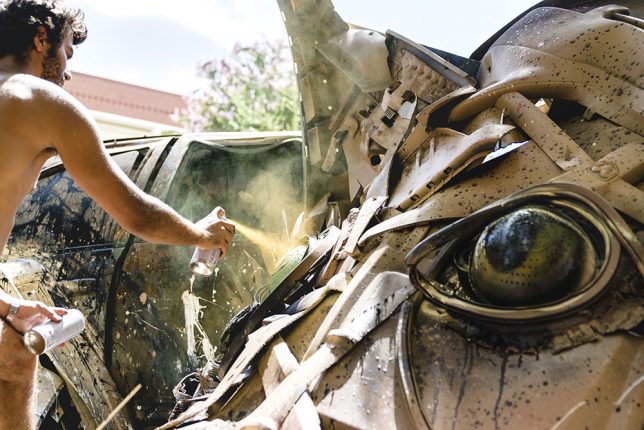
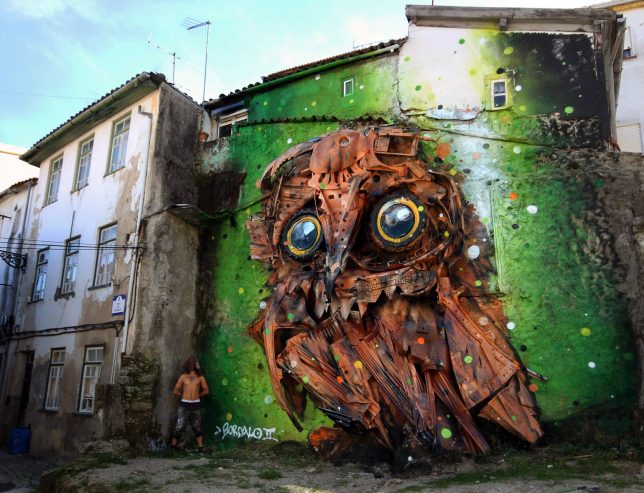
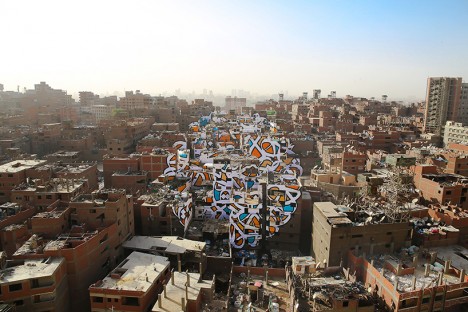
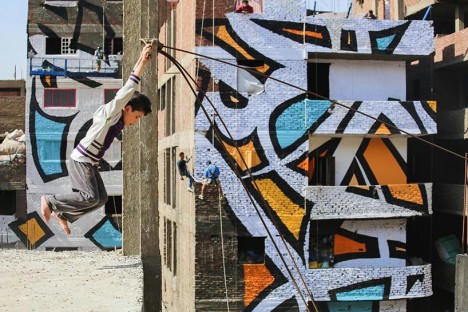
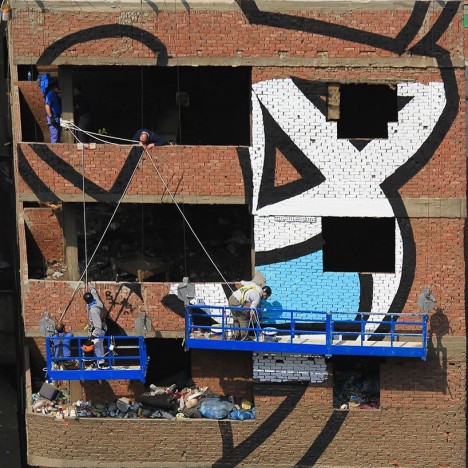
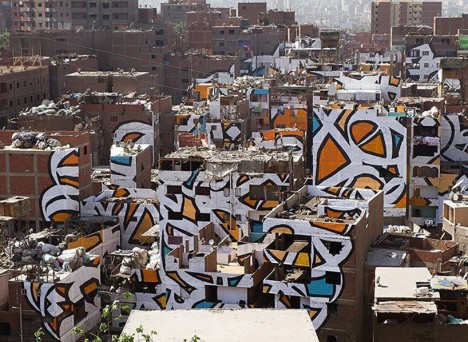
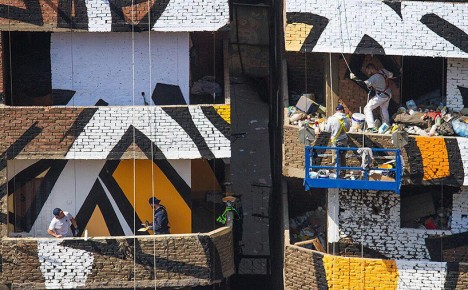
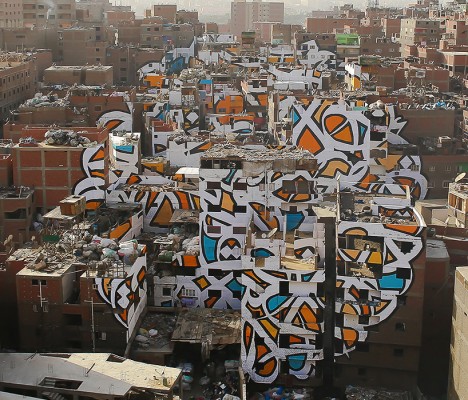
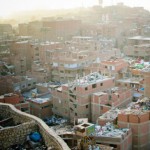
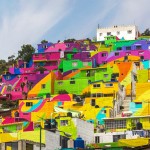
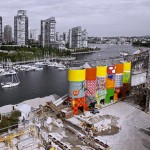












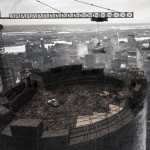
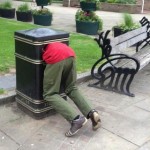














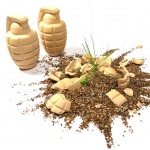
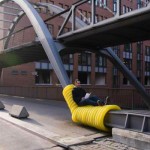







You must be logged in to post a comment.